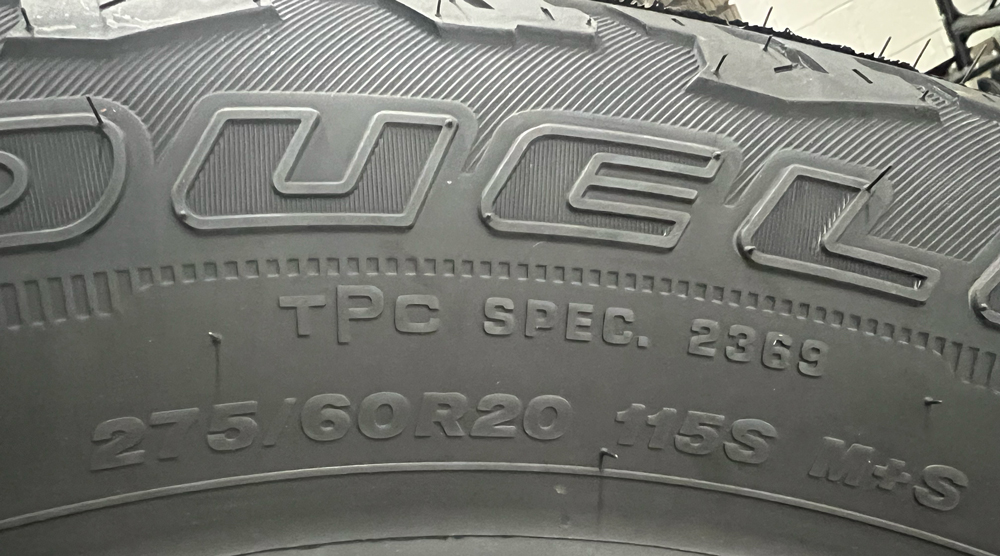
Winter Tires
Winter tire tread designs have deep blocks that provide extra grip on road surfaces covered with water, snow, and ice. They also are equipped with many sipes that are capable of pushing water and slush off the road to help reduce hydroplaning. The thread compound on winter tires contains more natural rubber, allowing it to stay flexible and not harden in cold temperatures. When a tire is flexible, it’ll help reduce the stopping distance when breaking.
Winter tires should not be used during the summer because they are too soft for dry road conditions, making the tires wear quicker.













